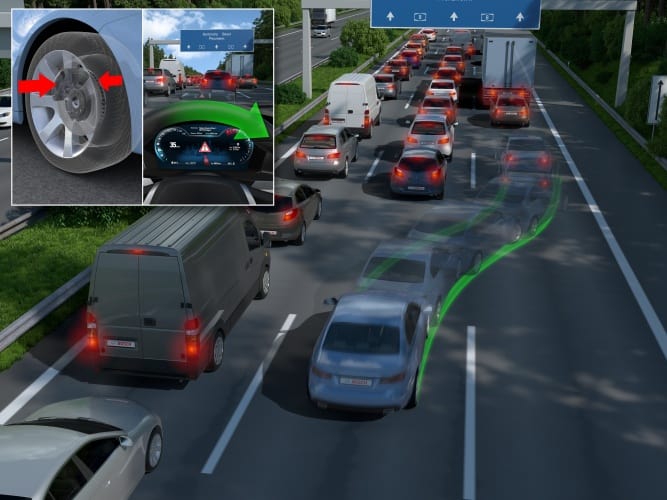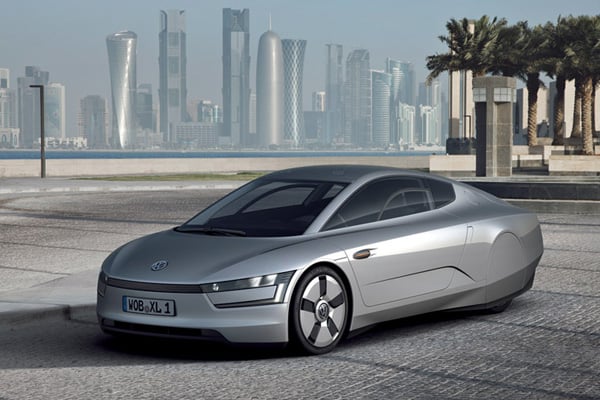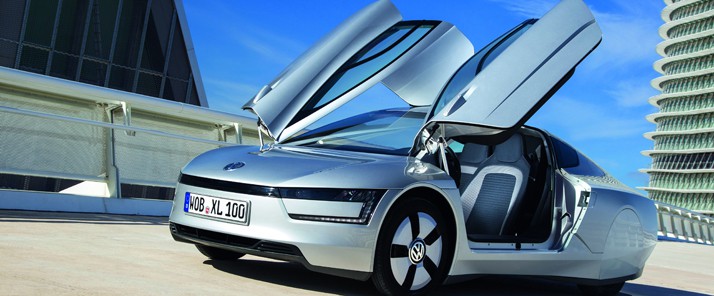This week saw the biennial Bosch automotive press event, when the German company gathers together some 300 journalists from all over the world at its headquarters near Stuttgart to talk about its latest developments on the road, and to give its guests the chance to drive some of the vehicles incorporating its products on its proving circuit. I approach such events with a little trepidation (regular readers may recall my misadventures on the UK proving ground at Millbrook with a military vehicle, even though as I invariably point out, that wasn’t my fault) but it does give me and my colleagues a chance to pretend we’re Top Gear presenters, albeit without the violence and racism.
It’s clearly a time of transition for Bosch as much as it is for any company in the automotive technology sphere. The company is now by its own admission involved as much in electronics, IT and software as it is in the mechanical side of the sector, with some 12,000 software engineers on its books. The buzzwords of the event were autonomy, connectivity and electrification, but despite that Mobility Solutions division chairman Rolf Bulander said that ‘the best days of the internal combustion engine are still to come.’ This is partly because there is still room for innovation in the development of both petrol and diesel engines, he added, but also because the use of ICEs in hybrid cars allows them to be operated at peak efficiency all the time.
Out on the proving ground, the autonomous systems offered probably the most enticing glimpse into the automotive world to come, and gave me the realisation that experiencing these systems is really the only way to fully appreciate them. Bosch board member Dirk Hoheisel pointed out that the path to full autonomy will be a gradual one, with incremental introduction of various driver-assistance systems before full autonomy, an ‘autopilot’ mode which allows hands-off driving. While some of these assistance systems will take over tedious tasks like parking, others will help drivers who, not to put too fine a point on it, act like idiots.

It seems that I am physically incapable of the appropriate kind of idiocy. Trying out a BMW fitted with an evasive steering assistance, I was asked to drive directly at a solid red target (actually a stack of cardboard boxes propped up with sandbags, but it looked pretty solid from my side) at at least 55km/hr, without braking, and when the nose of the car was about a metre away from the boxes, I was to steer to one side or the other; the car would detect the obstruction with a 3D camera mounted on the windscreen side of the rear-view mirror, and correct any under- or over-steer. The system is designed to help out with motorway driving, when the traffic ahead suddenly stops. Of course, strictly speaking only an idiot would be driving so fast or so close to the car in front that such an event would force them to swerve, and it seemed my right foot knew this, because try as I might, I couldn’t stop myself from dabbing the brakes about 4m from the target, making the car too slow to effectively demonstrate the system. A colleague took over, and the car obligingly veered sharply and smoothly under steering alone, and somewhat less smoothly under differential braking.
The emergency brake assist was similarly testing. Driving straight at a stationary car, even when it’s obviously a dummy, is not natural for me, and my colleague again had to step in, although he declared the experience to be very weird. The brakes kick in alarmingly close to the obstruction, with the system scrubbing 35km/hr off the car’s speed. The system is currently available on Land Rover Discovery Sport models, but only recognises cars as obstacles; Bosch is developing the camera sensor’s object recognition software so that it will also react to pedestrians, animals and other obstructions.
A prototype full autopilot was also on show, in the form of a Tesla S equipped with 50 sensors (radar and cameras), and some 1300m of cabling. This was truly eerie. Once activated, the system safely followed a preceding car around the winding test track, and once allowed off its leash, happily sped around the curves at around 80-90km/hr. To prove he wasn’t driving, the demonstrator put his hands behind his head and lifted his feet. Such systems would in practice inform the driver when it was safe to allow autonomous operation (it is intended only for highway driving, using GPS information and interaction with internet-enabled infrastructure, as well as data from other cars), and is easy to switch off to allow the driver to take back control, Hoheisel stressed. Matters such as accident liability, especially in the transition between autonomous and driver operation, have yet to be worked out. “We need to have a conversation as a society about such issues,” he said. “Legislation clearly has to evolve as these systems advance.” Bosch expects highway autopilot to be available commercially in around 2020-2025.
Another autonomy system allows drivers to achieve the notoriously difficult task of reversing a car with a trailer from outside the vehicle, controlling via a tablet computer. The display shows a plan view of the car and trailer, and to drive forwards, the operator keeps his or her finger on the car and moves it from side to side to steer. To reverse, you touch the trailer and steer that, while the car moves at a very slow crawl. This eliminates the reverse-steering necessary if backing up from inside the car, while also allowing the driver to move around and get an unobstructed view of where the trailer is going. This is a security challenge for Bosch to ensure the system can’t be hacked, and that only an authorised driver can operate the car; development is continuing.

Out with the electrified vehicles, lack of time unfortunately prevented me from trying out the big beasts that Bosch had brought along: a Porsche 918 Spyder and a Batmobile-like matt black BMW i8. Judging from the shellshocked expressions of colleagues lucky enough to get a go, it’s probably just as well. But I did get to try out the fully-electric version of the last car I owned, a Fiat 500 Sport. With slightly more power than the conventional version and much better weight distribution, it’s a smoother, noticeably nippier drive, and it corners like it’s on the proverbial rails (the price is a little eye-watering, though: it retails in California and Oregon for some $31,000.) Bulander said that, in partnership with Mitsubishi and Yuasa, Bosch plans to halve both the size and the price of lithium-ion automotive batteries, for the same storage capacity, by 2020.

For a real glimpse into the future, I took what’s claimed to be the world’s most economical production hybrid, a Volkswagen XL1, onto the track. Equipped with a one-litre, two-cylinder diesel engine, the XL1 is radically streamlined, with cowled rear wheels, and configured throughout for weight saving, with no power steering and ceramic brakes. For an extra futuristic touch, it has rear-facing cameras on its gull-wing doors instead of wing mirrors. But despite looking like a low-slung UFO, it handles more like a vintage sports car, with a gutsy performance that belies its tiny engine. The combination of engine and 20kW electric motor propels the 768kg vehicle easily up to 90km/hr (it is electronically limited to 160km/hr), and its low ride and the positive steering effort needed give it the feel of something much larger. Produced in a 200 vehicle-run at VW’s Osnabruck plant, the XL1 qualifies as a commercially-available car (its entire run sold out before it left the production line, at a price around E111000 each) but it wouldn’t be out of place in a science-fiction film.




April 1886: the Brunkebergs tunnel
First ever example of a ground source heat pump?